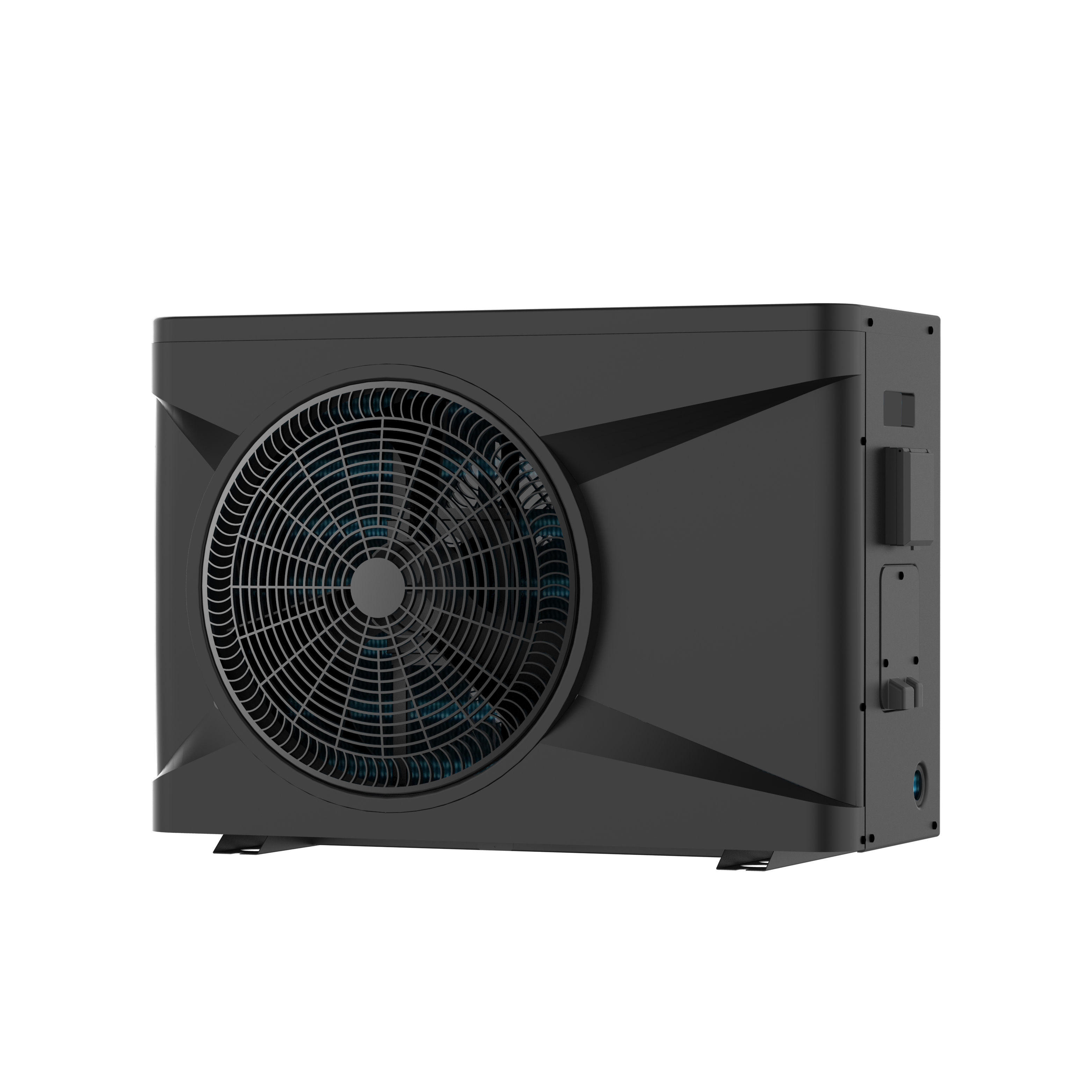What is Swimming pool heat pump?
What is Swimming pool heat pump?

A swimming pool heat pump is a device that transfers heat from a source (such as the air, the ground, or a water body) to the pool water, increasing its temperature. Unlike a conventional heater, a heat pump does not generate heat itself, but rather moves it from one place to another. This makes it more energy-efficient and environmentally friendly than other heating methods.
A swimming pool heat pump consists of four main components: a compressor, a condenser, an expansion valve, and an evaporator. The compressor compresses a refrigerant gas, which increases its pressure and temperature. The hot gas then flows to the condenser, where it transfers its heat to the pool water through a heat exchanger. The cooled gas then passes through the expansion valve, which reduces its pressure and temperature. The cold gas then enters the evaporator, where it absorbs heat from the surrounding air or water through another heat exchanger. The cycle then repeats until the desired pool temperature is reached.
A swimming pool heat pump can operate in different modes depending on the source and the season. For example, an air-source heat pump can use the ambient air as the heat source in summer and spring, but switch to the ground or water as the heat source in winter and autumn when the air temperature is lower. A water-source heat pump can use a nearby lake, river, or well as the heat source throughout the year. A ground-source heat pump can use buried pipes or coils as the heat source and sink, depending on the direction of the heat flow.
A swimming pool heat pump can provide many benefits for pool owners and users. It can extend the swimming season by maintaining a comfortable water temperature even in colder months. It can also reduce the operating costs and greenhouse gas emissions compared to conventional heaters. However, a swimming pool heat pump also has some drawbacks, such as higher initial costs, longer heating time, and dependence on external factors such as air or water temperature and humidity.
